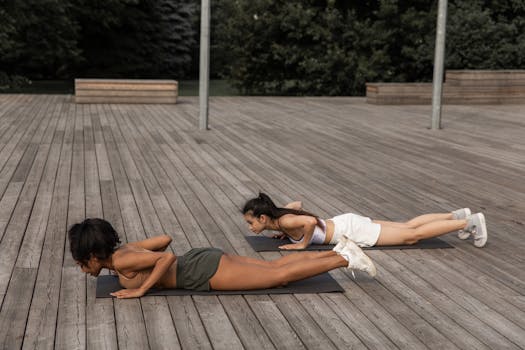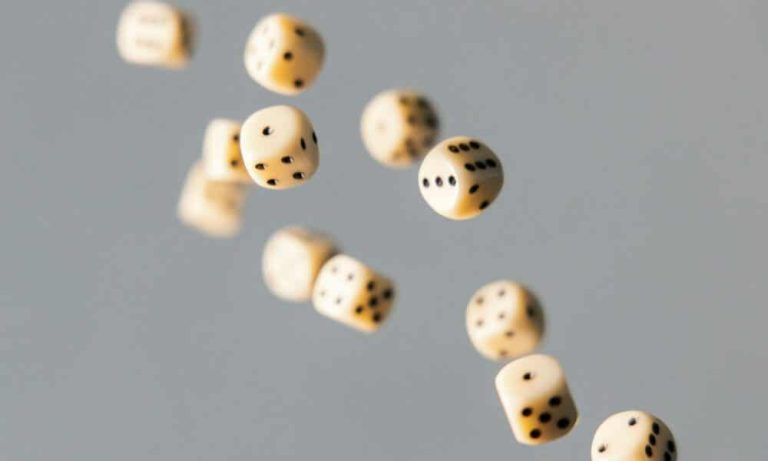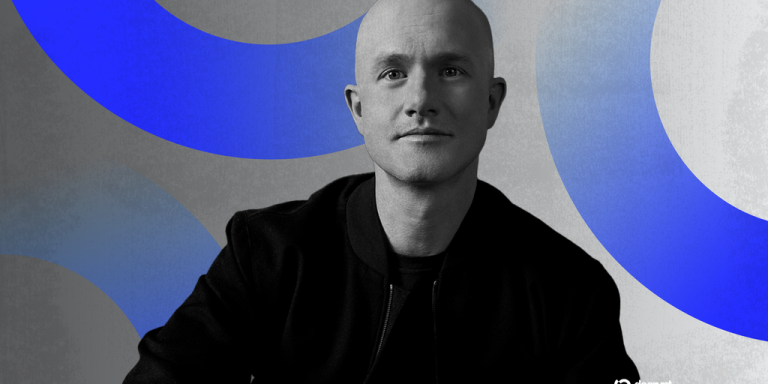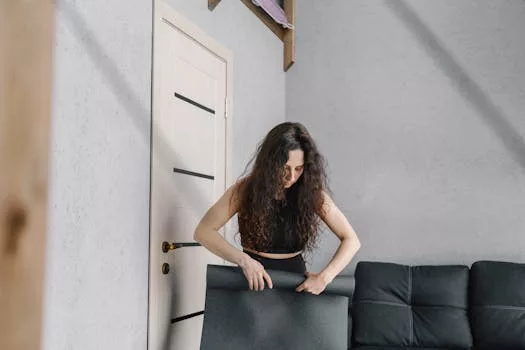
Transform Your Mind: Yoga Sequences to Relieve Stress and Anxiety
Takeaways:
Yoga can be a powerful tool for managing stress and anxiety. This article will explore various yoga sequences that are effective in promoting relaxation, enhancing mindfulness, and improving overall well-being. Incorporating these sequences into your daily routine can lead to a more balanced and peaceful life.
Understanding Stress and Anxiety
In today’s fast-paced world, stress and anxiety have become common challenges that many people face. The pressures of work, family, and social obligations can lead to feelings of overwhelm and unease. Understanding the causes and effects of stress and anxiety is the first step in managing these emotions effectively.
Stress is a response to external pressures that can manifest physically, emotionally, and mentally. Anxiety, on the other hand, often involves persistent worries that can affect daily life. Both can lead to a range of health problems if not addressed. Fortunately, yoga provides a holistic approach that targets both the mind and body to alleviate these feelings.
Benefits of Yoga for Stress and Anxiety Relief
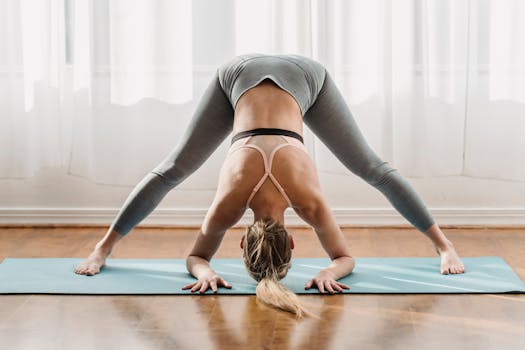
- Improved Mental Clarity: Yoga encourages mindfulness and helps clear the mind of clutter, allowing for better focus and clarity.
- Increased Relaxation: Practicing yoga activates the parasympathetic nervous system, promoting relaxation and lowering heart rates.
- Enhanced Mood: Regular yoga practice can boost serotonin levels, leading to improved mood and emotional well-being.
- Physical Release: Yoga helps release tension stored in the muscles, contributing to a sense of physical relaxation.
- Mind-Body Connection: Yoga fosters a deeper connection between the mind and body, enhancing self-awareness and emotional regulation.
Effective Yoga Sequences for Stress Relief

1. Gentle Flow Sequence
This sequence focuses on fluid movements combined with breath to promote relaxation.
- Cat-Cow Pose: Start on all fours, alternate between arching and rounding your back to warm up the spine.
- Child’s Pose: Sink back into Child’s Pose to relax your back and hips, focusing on deep breathing.
- Downward Facing Dog: Transition to Downward Dog to stretch the spine and legs.
- Forward Fold: Walk your feet to your hands and gently fold forward, letting your head hang heavy.
- Cobra Pose: Lie on your stomach and lift your chest for Cobra, opening the heart space.
- Seated Forward Bend: Sit with legs extended, and gently fold forward to release tension in the lower back.
2. Restorative Sequence
This sequence uses props to support the body and promote deep relaxation.
- Supported Child’s Pose: Use a bolster under your chest for added support.
- Supported Bridge Pose: Place a block under your sacrum for gentle elevation.
- Reclining Bound Angle Pose: Lie back on a bolster with the soles of your feet together.
- Legs Up the Wall: Lie on your back and rest your legs against a wall to promote circulation.
- Savasana: Conclude with Savasana, focusing on your breath and allowing the body to relax completely.
3. Mindful Breathing Sequence
This sequence emphasizes the importance of breath in calming the mind.
- Seated Meditation: Begin in a comfortable seated position, focusing on your breath.
- Ujjayi Breath: Practice Ujjayi breathing to create a calming sound and rhythm.
- Nadi Shodhana (Alternate Nostril Breathing): Use this technique to balance the mind and reduce anxiety.
- Gentle Neck Stretches: Release tension in the neck with gentle stretches.
- Final Relaxation: End with Savasana, focusing on the sensations in your body and the rhythm of your breath.
Conclusion
